The Benefits of Technology in Tactical Footwear
Today, tactical footwear is a sophisticated blend of technology, comfort, and durability. This type of footwear has always served specialized industries, providing the crucial support needed during high-stress situations. That’s why it’s critical that these boots continually reach and adapt to the ever-changing needs of those who rely on it most and their demanding positions.
Over the years, this type of footwear has evolved into more than just protective gear; it’s an essential tool for performance, safety, and comfort. Through ongoing technological advancements and performance engineering, the proper tactical footwear now delivers unmatched benefits to military personnel, law enforcement, outdoor enthusiasts, and much more!
In this blog, we’ll dive into the key advantages of how integrating technology benefits tactical wear and why these innovations have such a crucial role in overall performance!
Unmatched Durability and Protection
This type of footwear is engineered with cutting-edge materials that offer superior durability and protection without compromising flexibility. This necessary balance ensures users are safeguarded against even the harshest environments while being equipped with the agility to navigate them easily.
Enhanced Comfort and Support
With all the technological advancements that have revolutionized this type of footwear, it can now provide the maximum support and comfort needed to help elevate any type of performance. This type of footwear consists of memory foam insoles, moisture-wicking linings, and breathable fabrics to ensure optimal comfort for extended wear.
Additionally, innovative sole designs offer improved arch support and shock absorption, reducing fatigue and the risk of injury over long distances and rough terrains. So, no matter what you’re doing or how long you’re doing it for, this footwear has you covered!
Climate Adaptability
This type of footwear is also designed with climate adaptability in mind, thanks to its technological innovations. Waterproof yet breathable materials to keep your feet dry in wet conditions while allowing air circulation to prevent overheating. Insulated models offer warmth in cold environments, and heat-resistant materials are used for warmer climates, ensuring the ultimate comfort and protection regardless of weather conditions.
Improved Performance and Efficiency
As previously mentioned, integrating technology into this footwear can enhance both performance and efficiency. Lightweight materials and ergonomic designs improve mobility and speed, enabling wearers to move swiftly and respond quickly within critical situations. With advanced traction systems and outsole patterns, this footwear provides exceptional grip and stability on various surfaces, from urban landscapes to rugged outdoor terrains.
The Critical Role of Technology in Footwear for Demanding Professions
Tactical gear is indispensable in professional fields where endurance and precision are essential for job performance. For example, this type of footwear is necessary for law enforcement officers, firefighters, and other demanding professions and is sometimes even mandatory, depending on the position. That’s because of its significant impact on safety and overall job performance. So, not only will you feel more comfortable on the job, but you’ll be able to execute it in the best way possible!
The benefits of technology in this type of footwear are clear and multifaceted. These technological advancements have set new standards within the footwear industry, from providing superior protection and comfort to enhancing performance and offering climate adaptability.
As technology continues to evolve, we can anticipate even more innovations with this advanced footwear and how to enhance further the capabilities and safety of all the professionals who rely on it most!
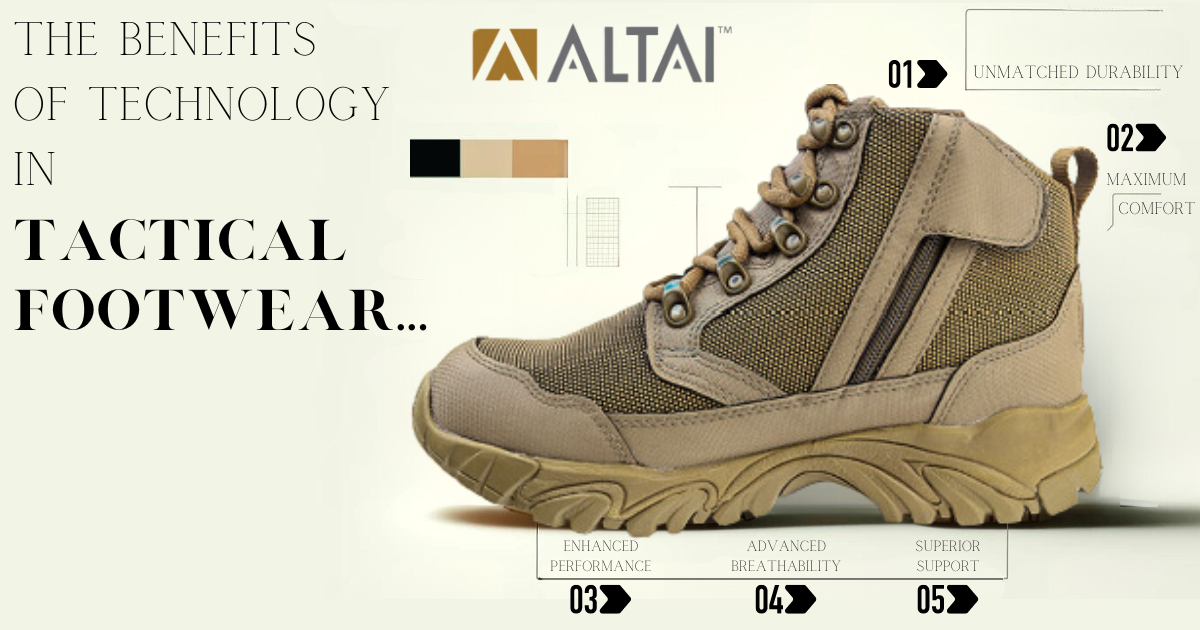

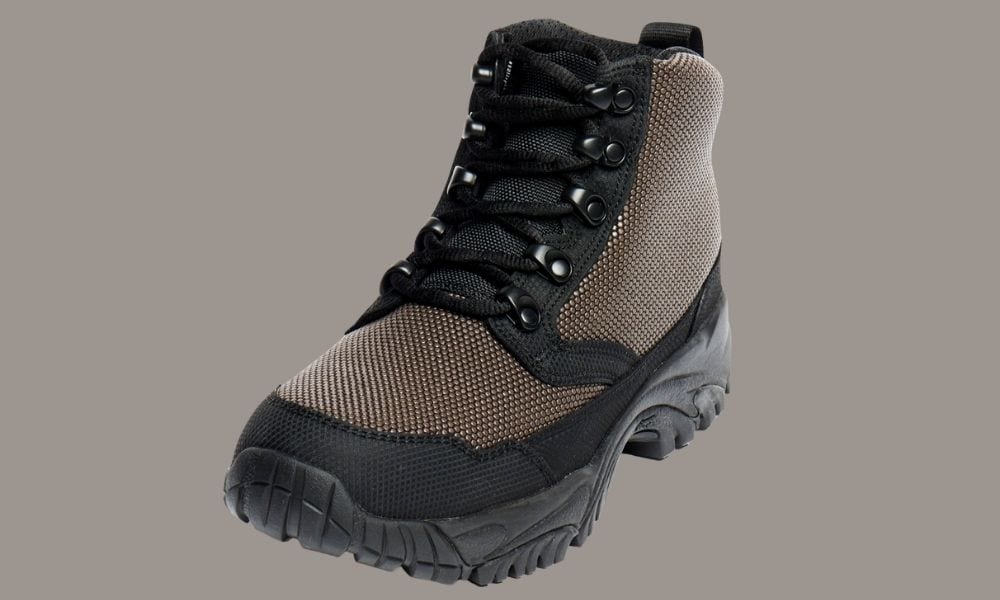
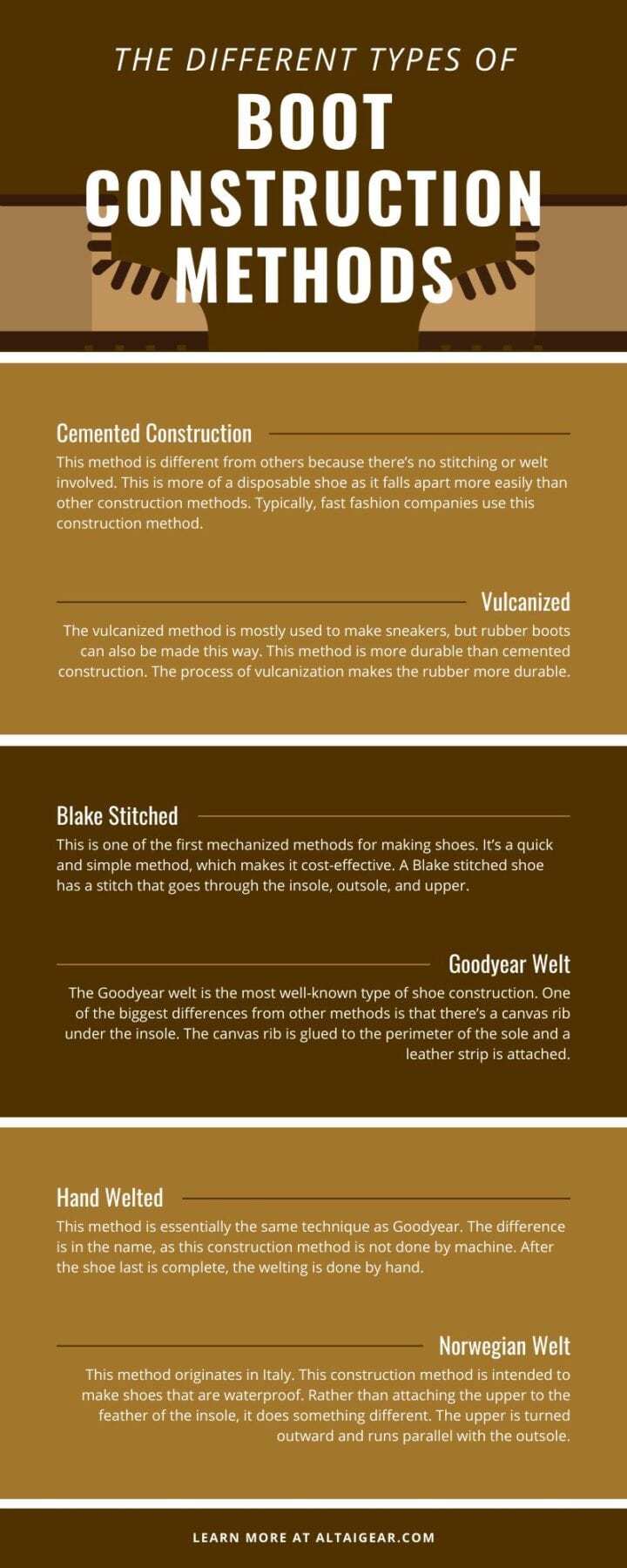
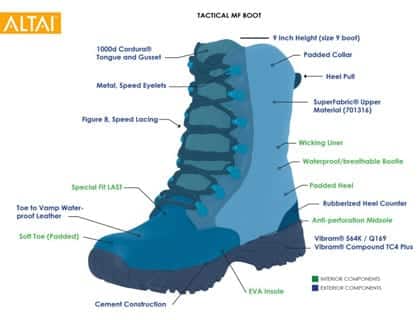
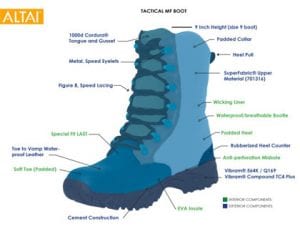 Have you been looking for that perfect boot that blends functionality, comfort, protection and durability? A pair of boots that you can rely on and grab for an extended hike in tough terrain or a just full day in your active job? Wherever life takes you, ALTAI™ Tactical Boots are ready to be your partner. Our boots have become a staple for those in the military, in law enforcement, industrial workers, survival experts and even runners who may prefer a rugged trail. Each pair of ALTAI™ tactical boots…
Have you been looking for that perfect boot that blends functionality, comfort, protection and durability? A pair of boots that you can rely on and grab for an extended hike in tough terrain or a just full day in your active job? Wherever life takes you, ALTAI™ Tactical Boots are ready to be your partner. Our boots have become a staple for those in the military, in law enforcement, industrial workers, survival experts and even runners who may prefer a rugged trail. Each pair of ALTAI™ tactical boots…